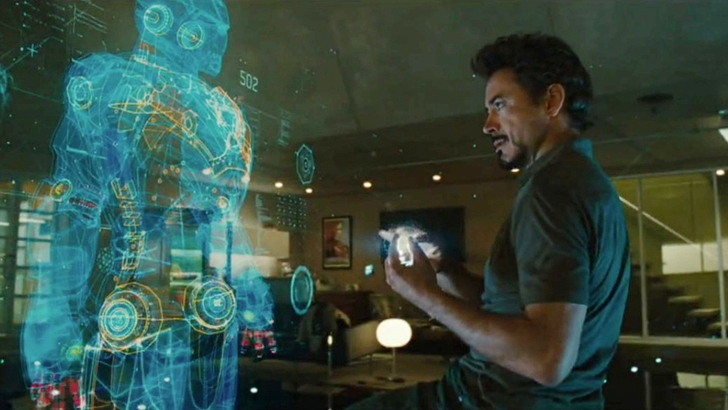
The holographic scene in the movie "Iron Man" is not the reality
An article published yesterday by Lei Fengwang (search for "Lei Feng Net" public number) published an article " Please, please do not describe the virtual images on the stage as holographic" , which has led to many discussions. Many readers are still arguing about "What is holography?" On this issue, there are still some people who ask whether "The Hatsune's future is a hologram" or not, as well as such questions as "all media are not holographic, right?"
There will be these problems, because this article only explains to everyone that the virtual images on the stage of G20 and Spring Festival Gala are not holographic, but they do not define the holographic itself.
To identify whether the image you are looking at is a hologram, first of all make it clear what the definition of a hologram is. According to the definitions of the dictionary and Wikipedia, holography is a technical term that refers to recording and viewing images through the principle of coherent light (laser is one of them). When it is properly presented, it can be accurately reproduced. Record the three-dimensional appearance of the object.
However, the word often seen in foreign languages ​​is “hologramâ€, which refers to the mark formed on a recording medium (such as a film) when performing holographic recording, not the image we see. The media, PR, and the public often use a mixture of “hologram†and another word “holographic image,†which refers to a three-dimensional image that is reproduced by shining light (coherent light) onto a hologram. Screen.
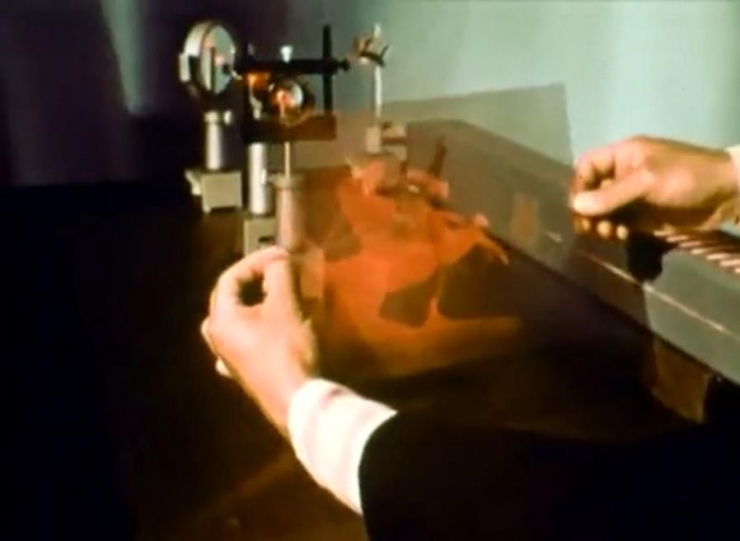
Video screenshots, details please click on the link below
What a true hologram is, you can watch a 1972 video: Introduction to Holography. In the video, the entire three-dimensional image of the object is recorded in film and reproduced by the laser.
The above is a holographic in the strict sense. Then we have finished the definition and talked about the reality.
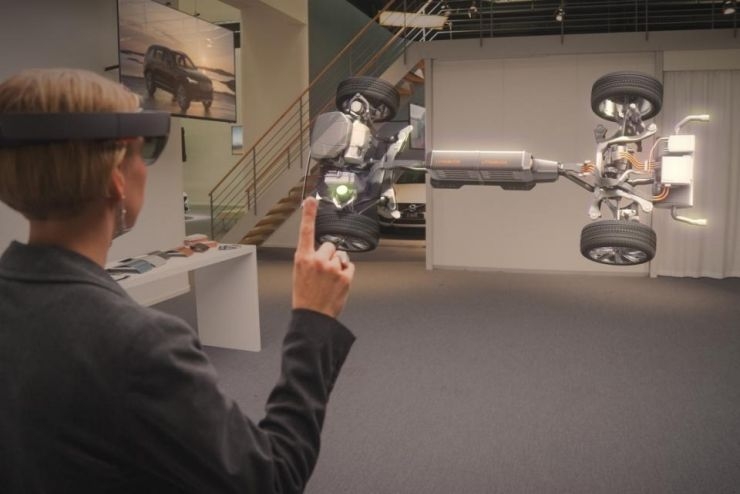
HoloLens allows users to see three-dimensional images floating in the air, although the actual field of view is not as large as the promotional image
The reality is that when the public mentions holography, what they think of is not the principle of laser and interference, but the three-dimensional image floating in the air that they see in the eye. It is precisely for this reason that the word "holographic" is misused, so long as the virtual image that shocks the vision can be called a hologram. The PR that hopes to climb the "black science and technology", the media that wants to attract eyeballs, and the masses who believe in their own eyes but believe in their own eyes, have contributed to this phenomenon.
To make you see floating 3D images in your eyes, there are many ways to do this, and they are usually not related to lasers and interference, but are ways to use our visual system to see the outside world. When we look at nearby objects, there are six major depth cues that help us form three-dimensional vision.
1, perspective: distant objects look smaller;
2. Blocking: Objects in close proximity will block the object;
3, binocular (stereoscopic) parallax: the left and right eyes see different views of the same object;
4. Monocular (motion) parallax: When the head moves, distant and near objects will move in different amplitudes;
5. Aggregation: When both eyes focus on a near object, the lines of vision converge;
6. Adjustment: According to the distance of the object, the eyeball adjusts the focus accordingly.
The hologram is to reproduce all the six depth cues, completely fooling the brain and letting it think that it's a ghost. If so, can those display technologies that are not based on lasers and interference but can achieve the same effect be called holographic?
So, if we are realistic, judging from the perspective of the user's vision whether to hologram, and then ignore the sixth point (because if most of the equipment included will be excluded), then we can give the following criteria:
A holographic display device should create a virtual three-dimensional object image for at least one user and must satisfy the depth cues of Section 1-5.
Such a definition can well judge and classify various self-professional holographic display devices, and at the same time meet the public's understanding of holography. Here are some readers' questions to answer:
1. Do you need media that are not holographic?
The medium for this question should refer to the glass or holographic film used in Pepper's illusion in the previous article. If the criteria in this paper are followed, whether or not the medium does not affect the hologram. The true hologram is definitely a medium, see the video above.
2. Is Hatsune Miku and Rio 8 minutes holographic?
This question asks whether Hatsune's future concert is a hologram. This basic can be said to be negative, because it uses a plane projection mechanism and lacks 3rd, 4th, and 5th depth cues. From the side, it is flat. The technology used in Rio for 8 minutes is currently uncertain, but guessing should also be a similar projection mechanism.
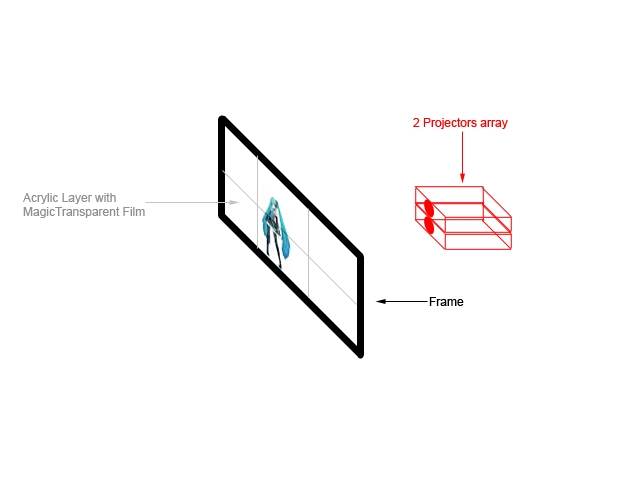
3. Is Magic Leap and HoloLens a holographic device?
If Magic Leap and Demo demo are the same, then they are all, they can meet the depth 1-5 clues, even the 6th.
4. Is the triangular (four corner) glass display stand holographic?
No, the principle is also Pepper's illusion. You can see three or four faces of the image, not 360 degrees.
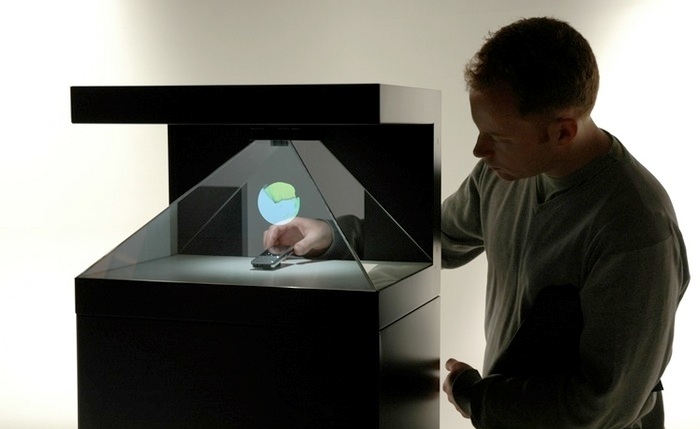
5. Is VR helmet a holographic device?
Helmets with space position tracking are holographic display devices such as HTC Vive and Oculus CV1 because they support 1-5 depth cues, while Gear VR and Cardboard are not.
6. Is a 3D TV a holographic device?
No, because there is no Article 4 depth cues.
Through these problems, we can probably understand what the holographic visual effects are. In fact, this standard in this article has been compromised. Many people think that HoloLens should not be called a holographic display device, but a pseudo-hologram because you need to wear a bulky helmet to see those images. These people are not wrong, but it is not wrong to call HoloLens a hologram. It can indeed achieve the same effect. After all, many people need to see glasses in the real world (myopia) and how many glasses can be seen in a hologram.

Robots throw holograms in the movie "Star Wars"
Xiao Bian felt that for the general public, as long as the holographic image of a sci-fi movie like a flashlight was not used as a real holographic technology, it would be enough to not use the 2D light and shadow technique of Pepper's Illusion as a hologram.
This article was partially compiled from Doc-Ok.org
KNB1-100 Miniature Circuit Breaker
KNB1-100 Mini Circuit breakers, also named as the air switch which have a short for arc extinguishing device. It is a switch role, and also is a automatic protection of low-voltage electrical distribution. Its role is equivalent to the combination of switch. Fuse. Thermal Relay and other electrical components. It mainly used for short circuit and overload protection. Generally, According to the poles, mini Circuit breaker can be divided into 1P , 1P+N , 2P, 3P and 4P.
KNB1-100 Miniature Circuit Breaker,Electronics Miniature Circuits Breaker,Automatic Miniature Circuit Breaker,Mini Circuit Breaker
Wenzhou Korlen Electric Appliances Co., Ltd. , https://www.zjmoldedcasecircuitbreaker.com